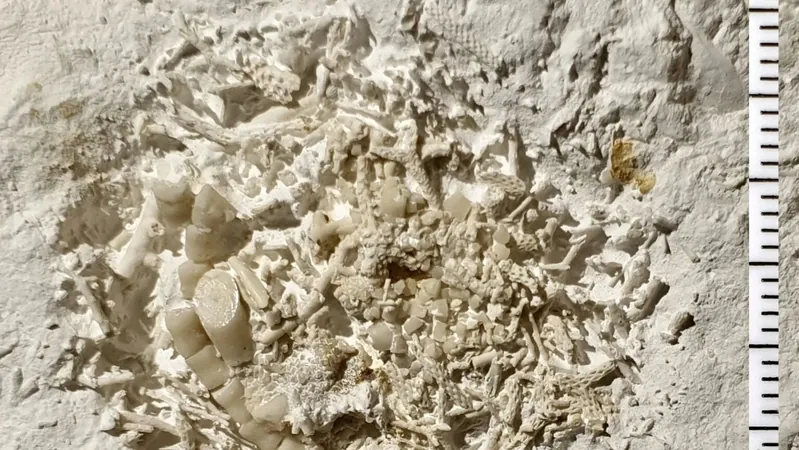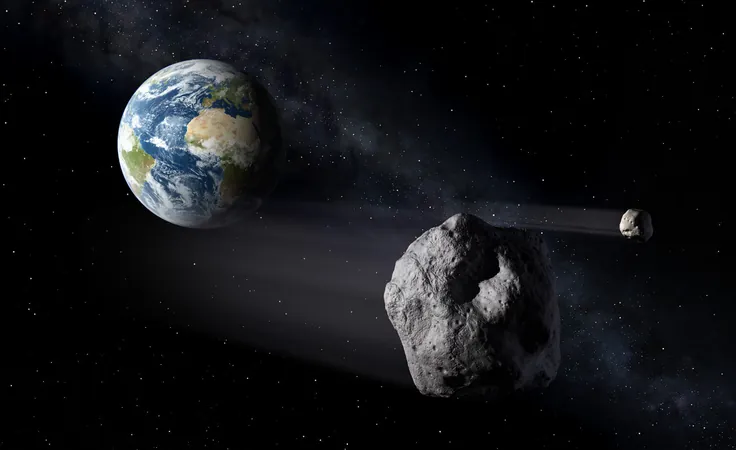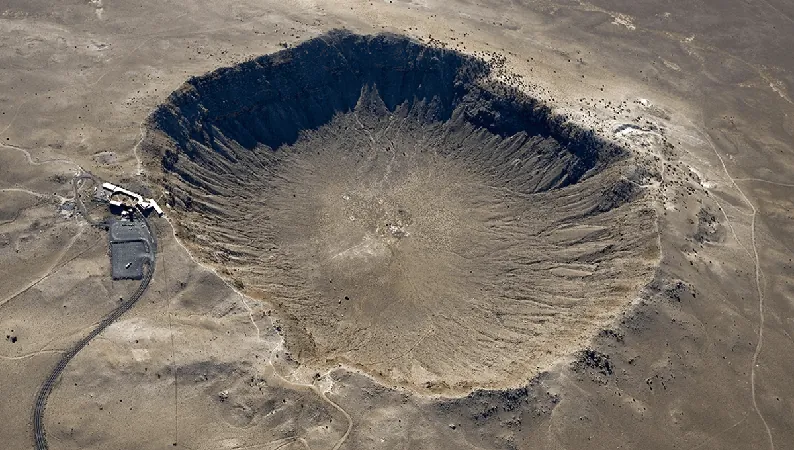
66-Million-Year-Old Vomit Discovered in Denmark: Why This 'Famous Puke' Holds Secrets of Ancient Life!
2025-01-28
Author: Mei
66-Million-Year-Old Vomit Discovered in Denmark: Why This 'Famous Puke' Holds Secrets of Ancient Life!
While most people may turn up their noses at vomit, a remarkable find on the cliffs of Denmark is turning heads! This isn't just any old chunk of regurgitation; it’s a 66-million-year-old fossil that may reveal secrets of prehistoric life!
Peter Bennicke, a dedicated fossil hunter, stumbled upon this ancient blob at the Cliffs of Stevns, a UNESCO World Heritage Site on Zealand island. This area boasts around nine miles of incredible fossil-rich coastal cliffs, making it a treasure trove for paleontologists and enthusiasts alike.
Upon examination, Danish scientists determined that this fossilized vomit originated from a creature that dined on sea lilies. Expert John Jagt conducted a thorough analysis and identified that the contents were primarily made up of two different species of sea lilies. These delicate marine organisms were consumed by a larger predator, which later regurgitated the inedible, skeletal remains.
Jesper Milån, a paleontologist and curator at Geomuseum Faxe, painted a vivid picture of the Cretaceous food chain, suggesting that a fish likely feasted on these sea lilies, which thrived in the shallow Cretaceous Sea—a body of water that linked today's Gulf of Mexico to the Arctic Ocean. This discovery not only sheds light on what ancient animals consumed but also offers fascinating insights into the intricate predator-prey dynamics of that era.
Remarkably, the Cliffs of Stevns are not just known for this artifact. UNESCO claims they contain vital evidence of the catastrophic Chicxulub meteorite impact, which many believe led to the mass extinction of the dinosaurs approximately 65 million years ago.
Sea lilies, or crinoids, have a long history that dates back over 300 million years. Although their diversity has significantly decreased, over 650 living species can still be found in various marine environments, from vibrant coral reefs to the deepest ocean floors.
What’s more, this unique fossil throw-up has been awarded the title of "Danekræ," a designation reserved for objects of exceptional natural historical value in Denmark. This title means the relic rightfully belongs to the nation and must be housed in a natural history museum.
Curious to see this astonishing finding for yourself? The vomit will be on display at the Geomuseum Faxe during the winter holidays, giving visitors a firsthand glimpse at the ‘most famous piece of puke in the world.’ Don’t miss this opportunity to witness a remarkable chapter of Earth's history!



 Brasil (PT)
Brasil (PT)
 Canada (EN)
Canada (EN)
 Chile (ES)
Chile (ES)
 Česko (CS)
Česko (CS)
 대한민국 (KO)
대한민국 (KO)
 España (ES)
España (ES)
 France (FR)
France (FR)
 Hong Kong (EN)
Hong Kong (EN)
 Italia (IT)
Italia (IT)
 日本 (JA)
日本 (JA)
 Magyarország (HU)
Magyarország (HU)
 Norge (NO)
Norge (NO)
 Polska (PL)
Polska (PL)
 Schweiz (DE)
Schweiz (DE)
 Singapore (EN)
Singapore (EN)
 Sverige (SV)
Sverige (SV)
 Suomi (FI)
Suomi (FI)
 Türkiye (TR)
Türkiye (TR)